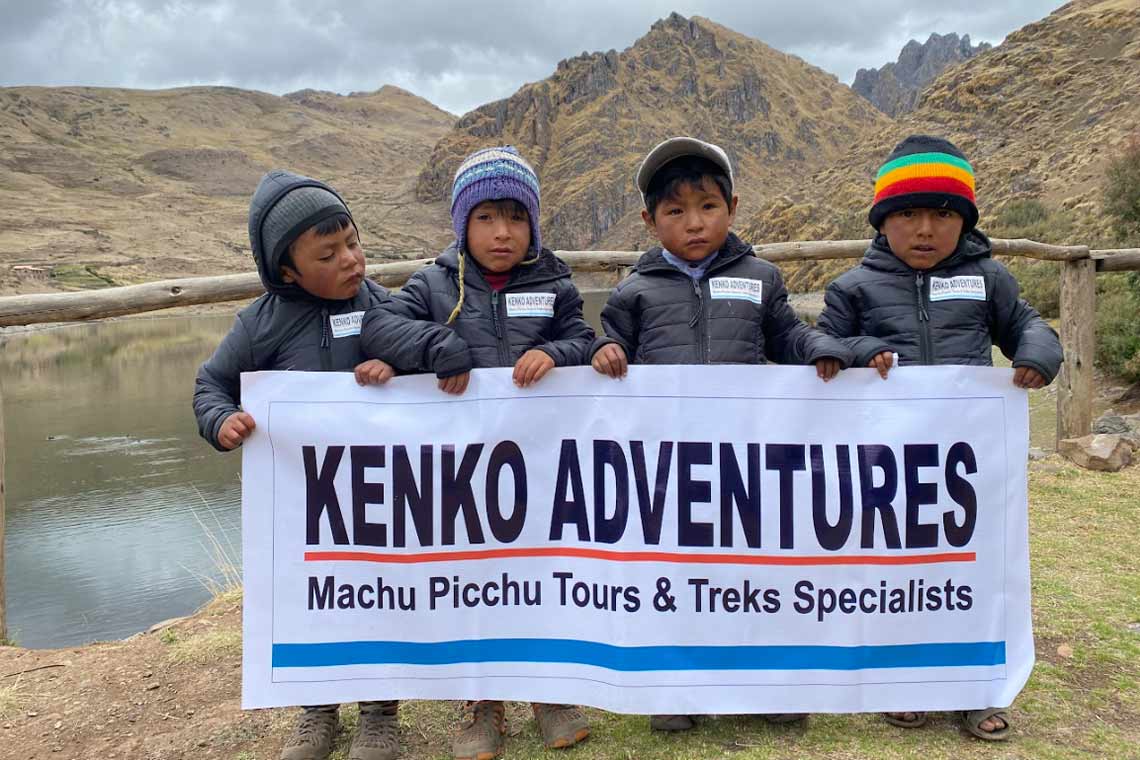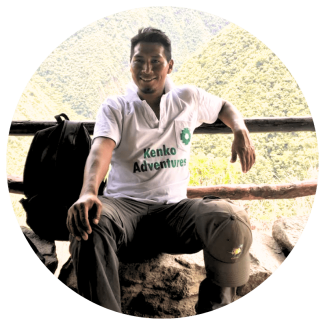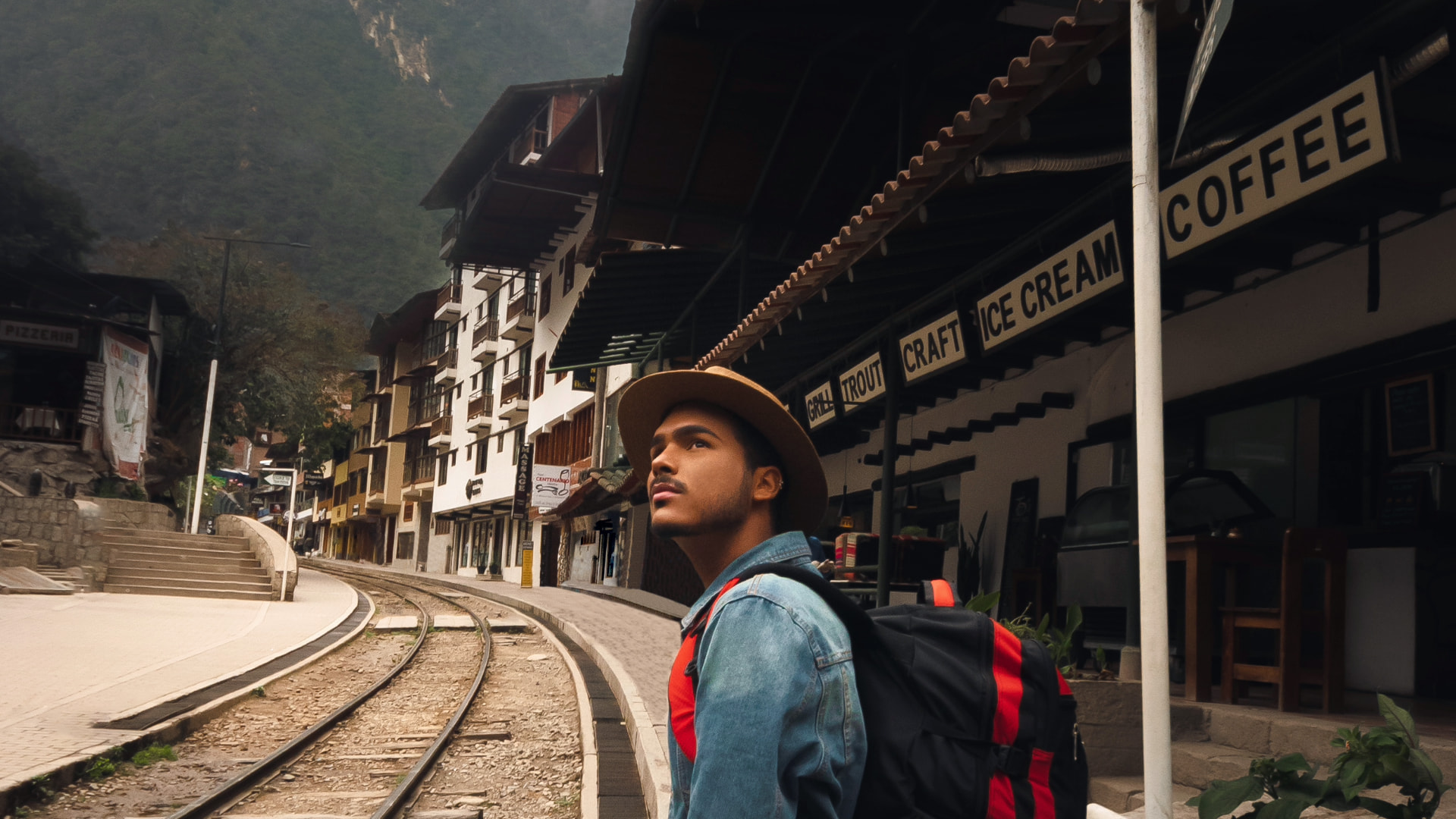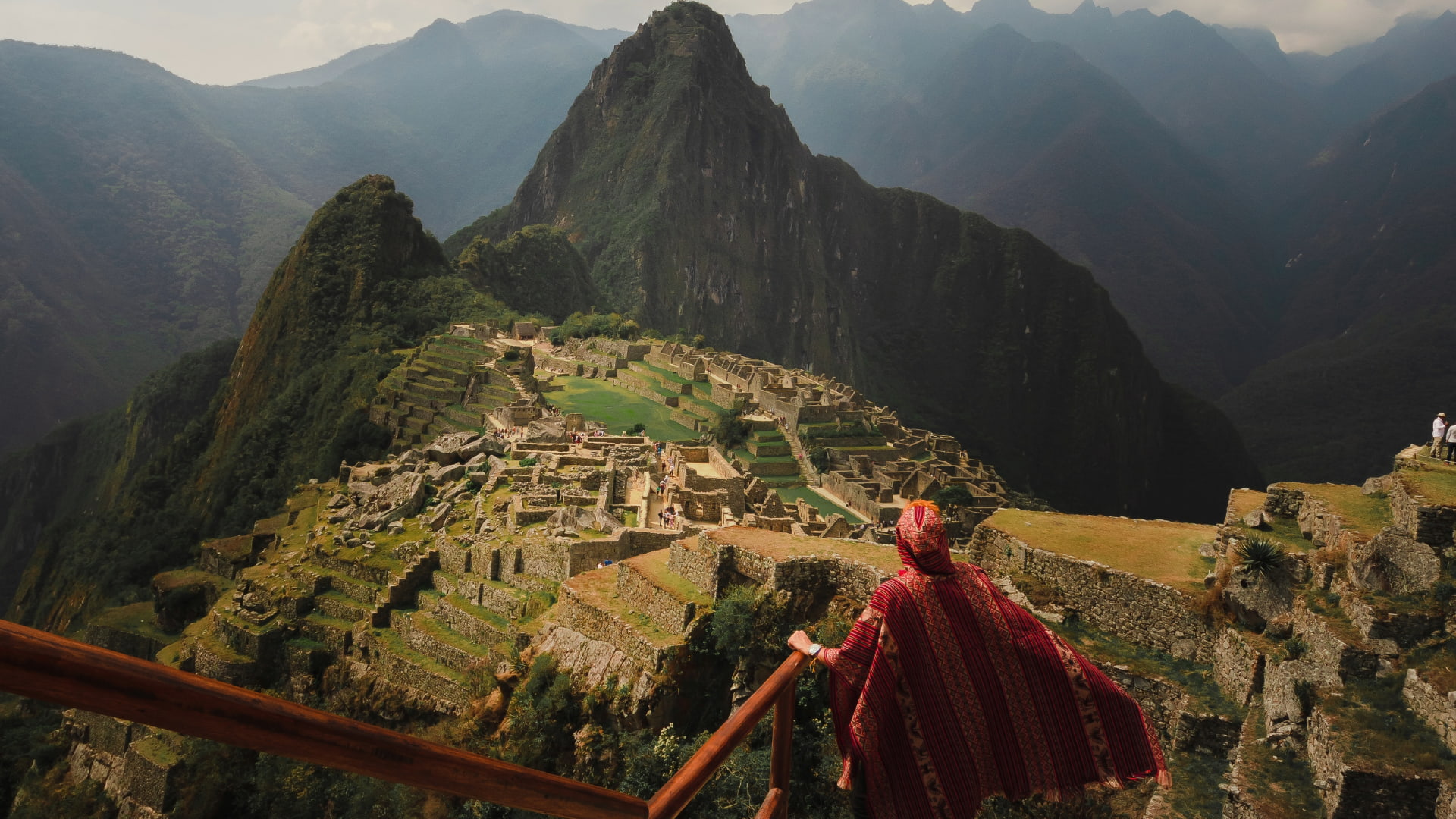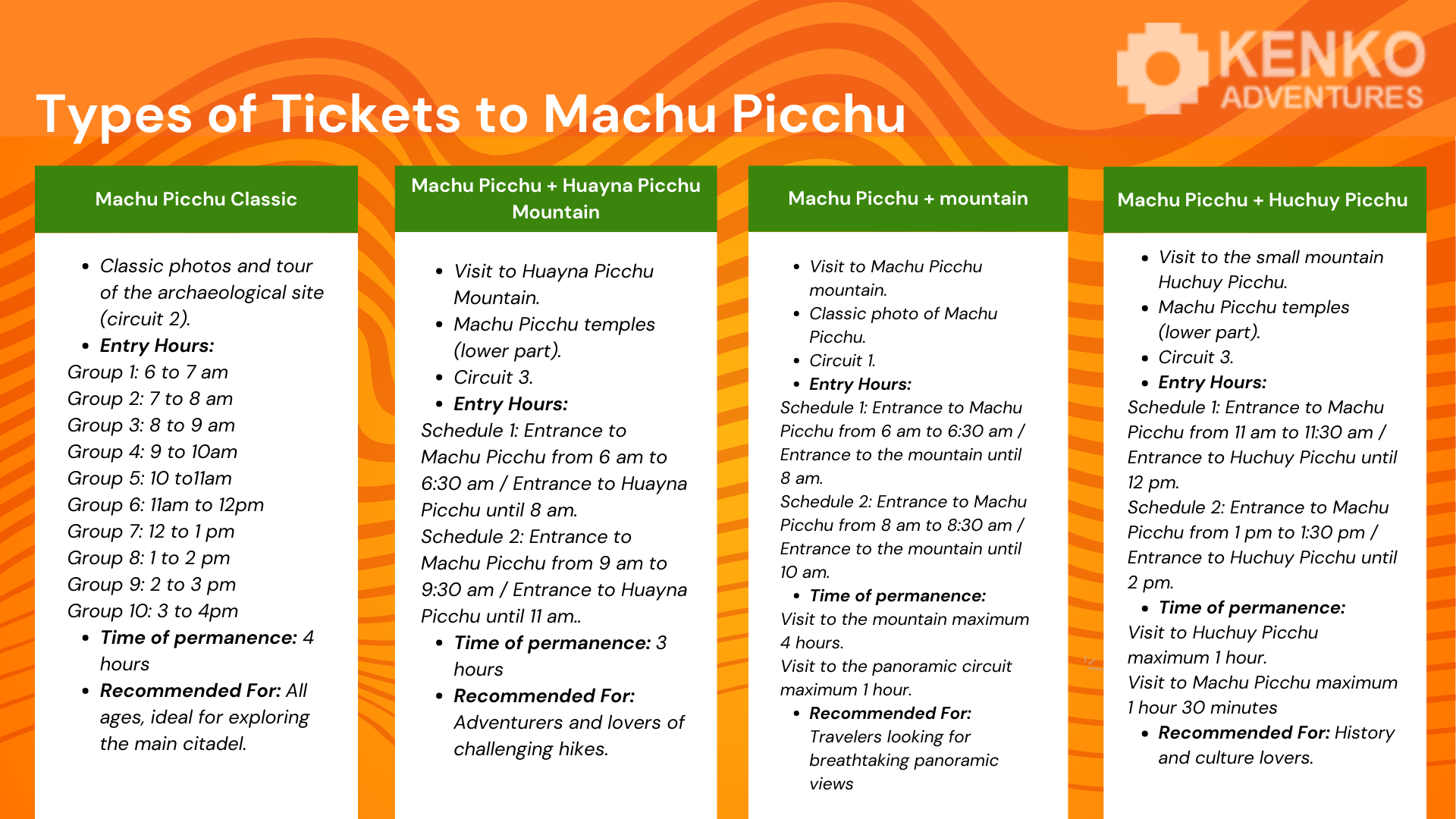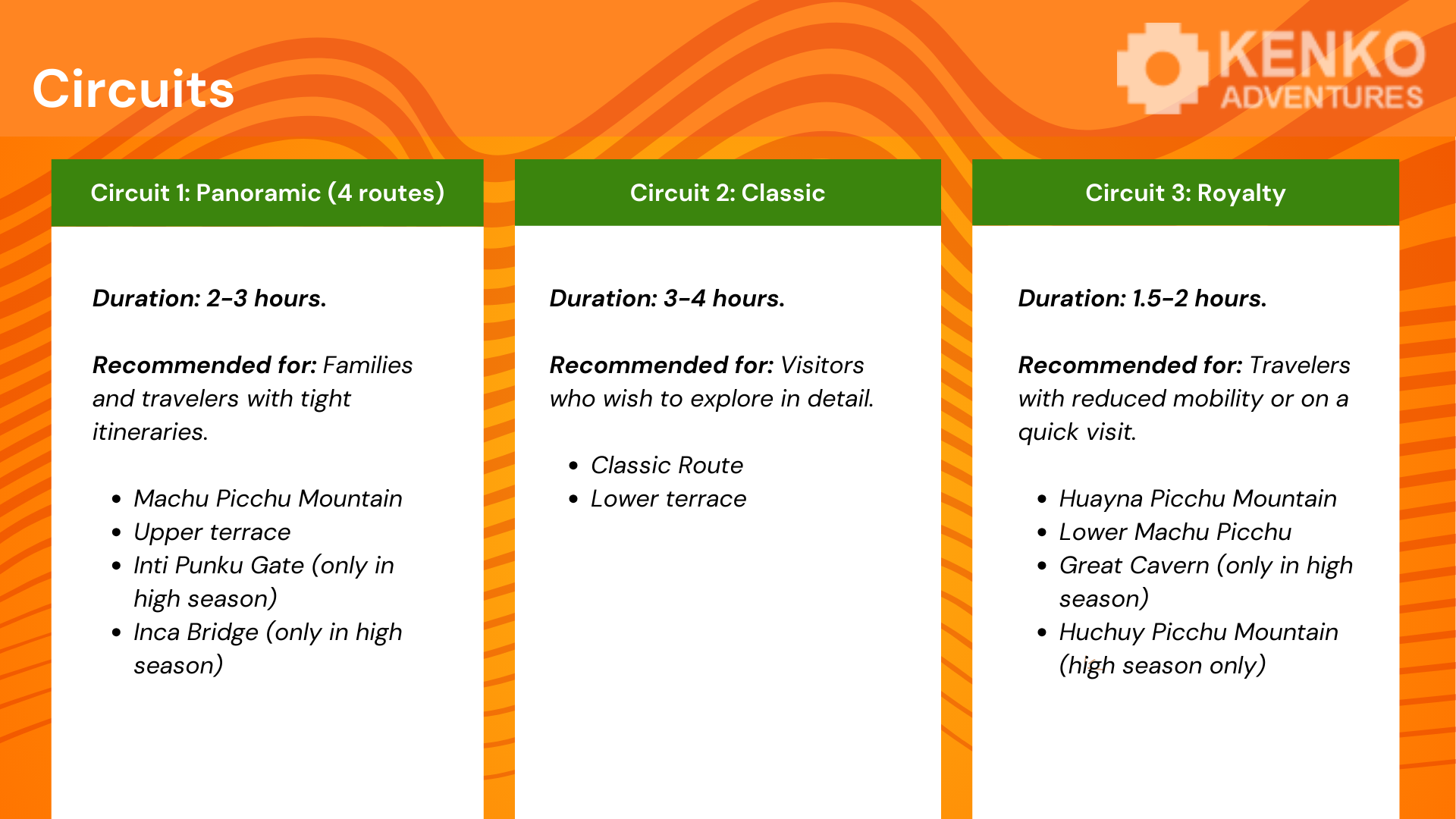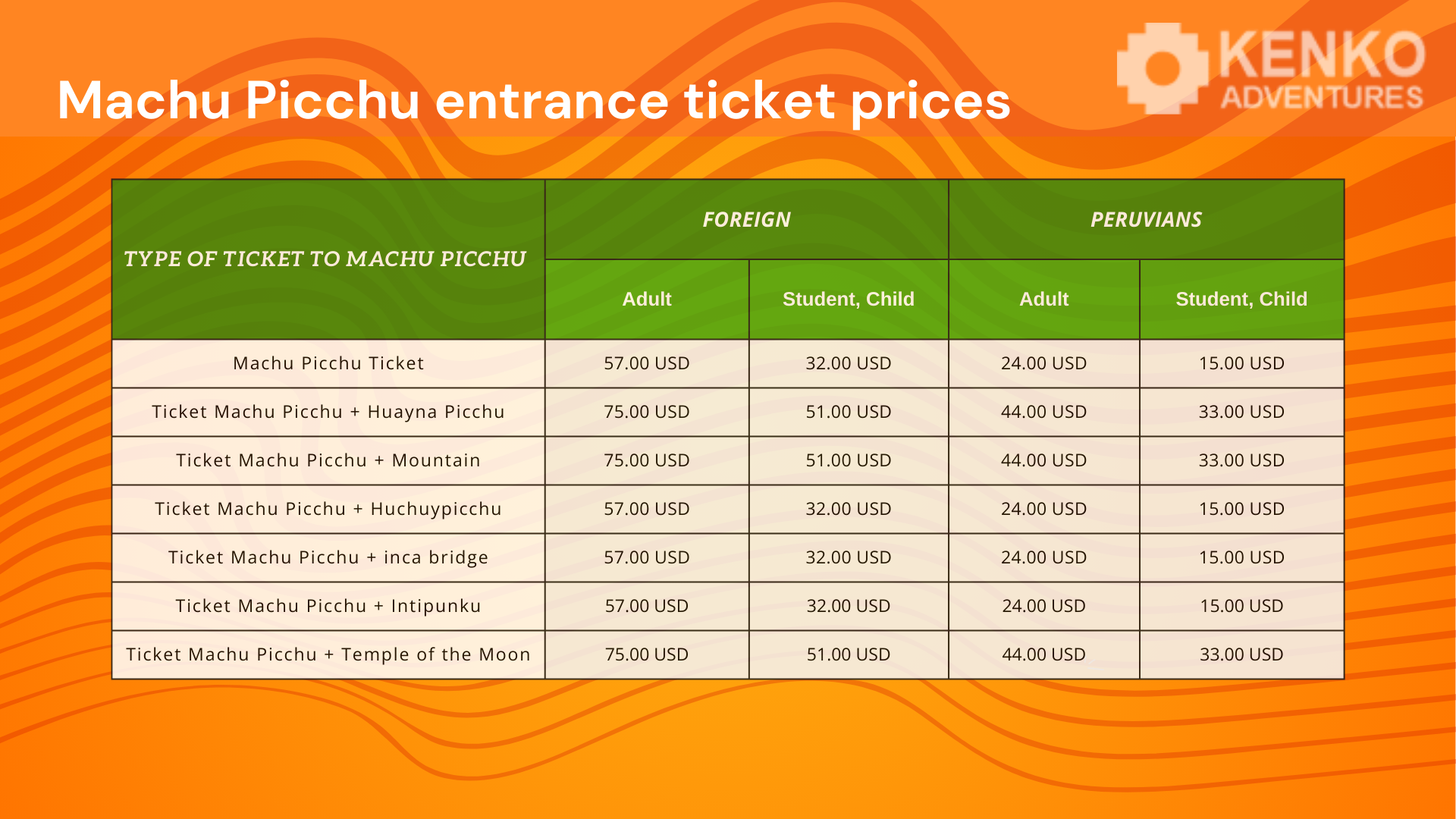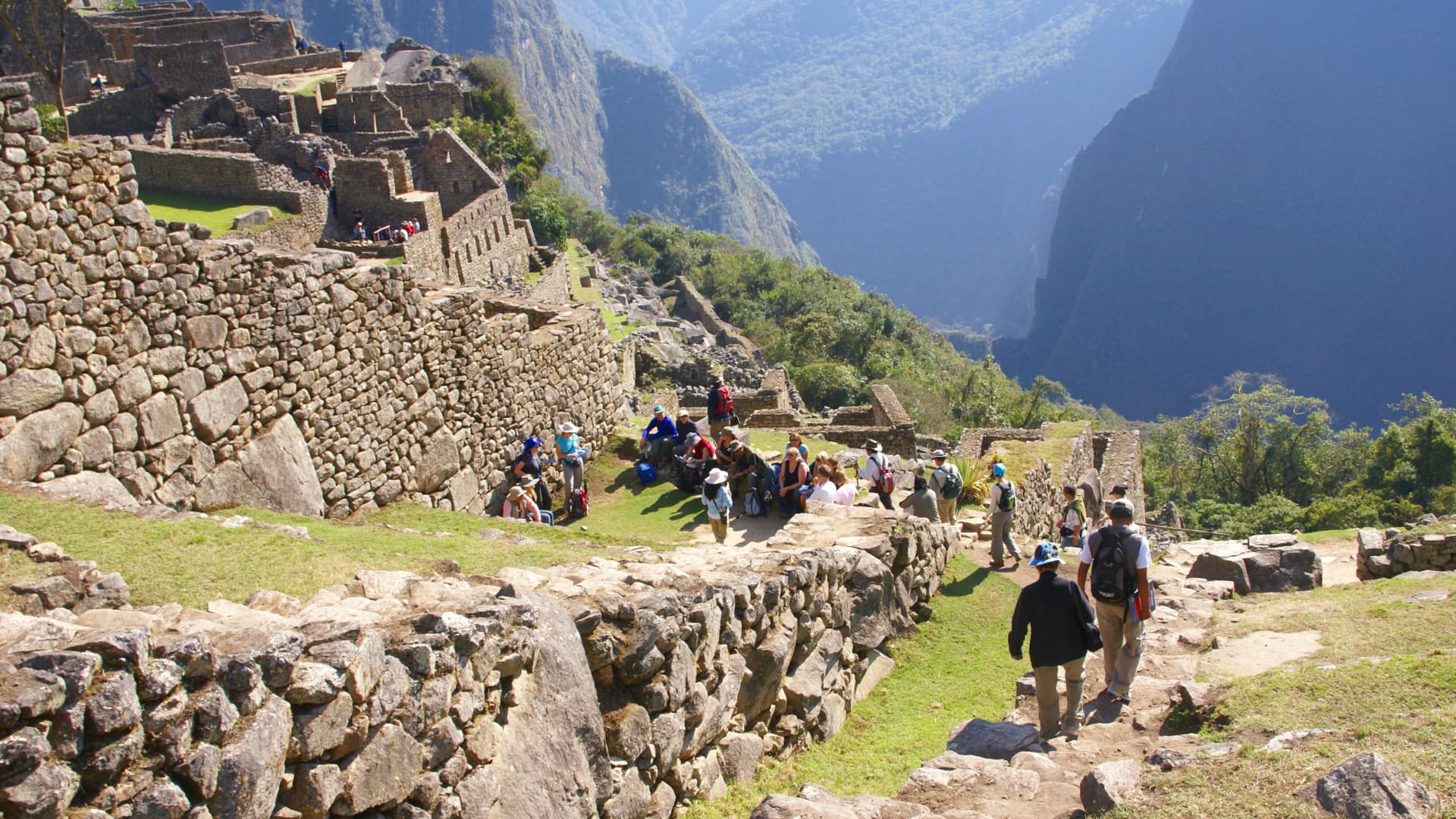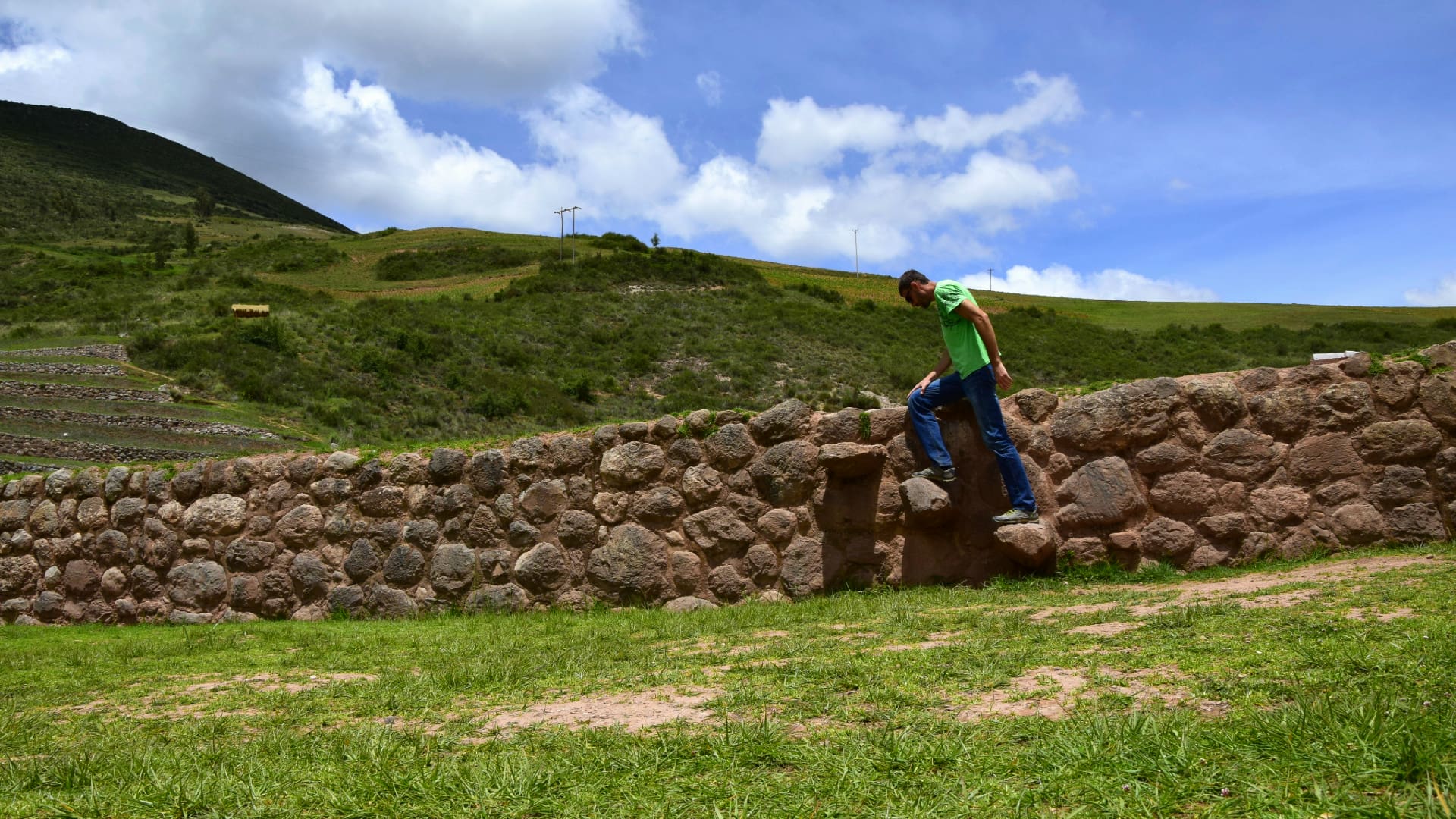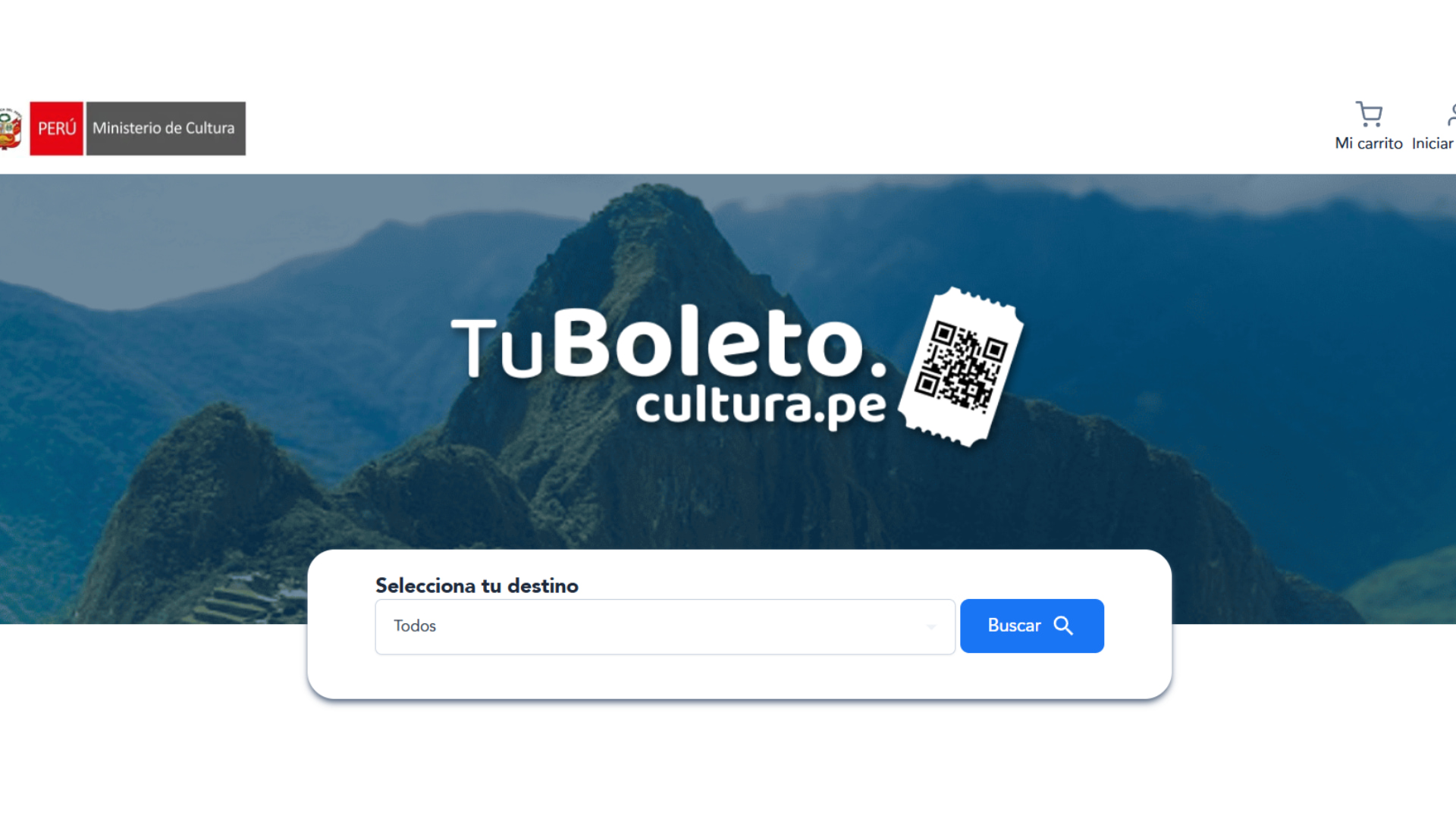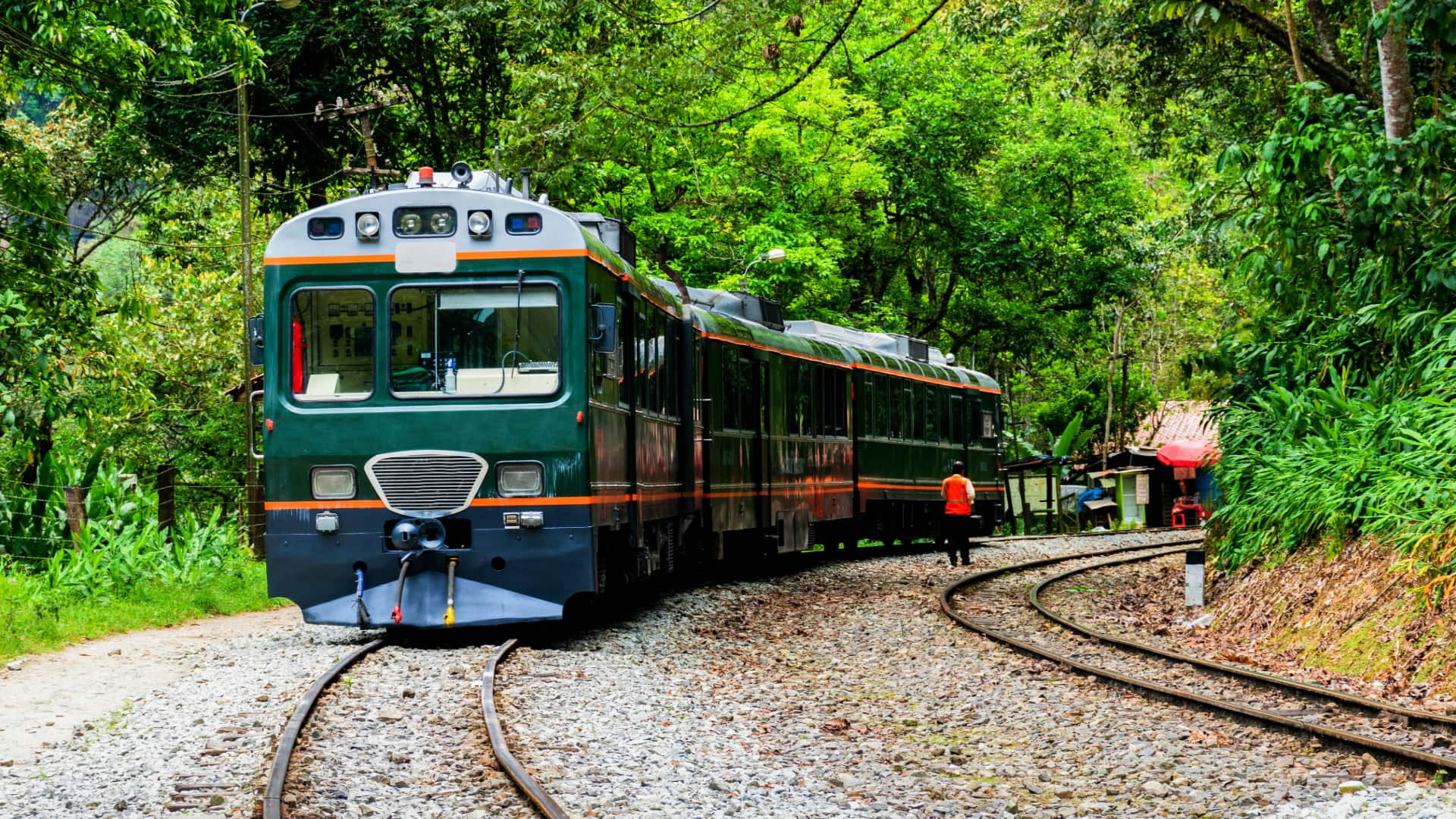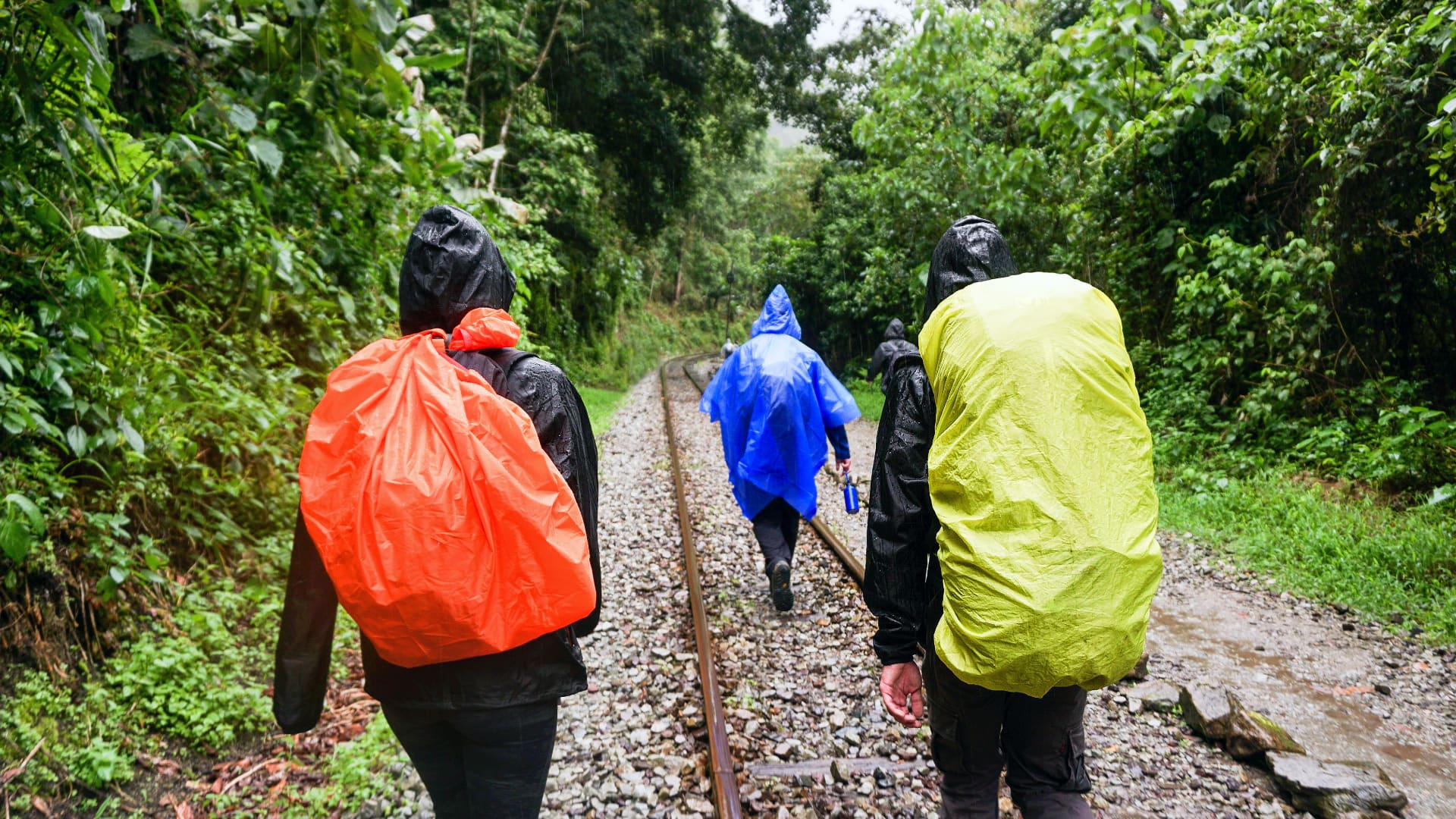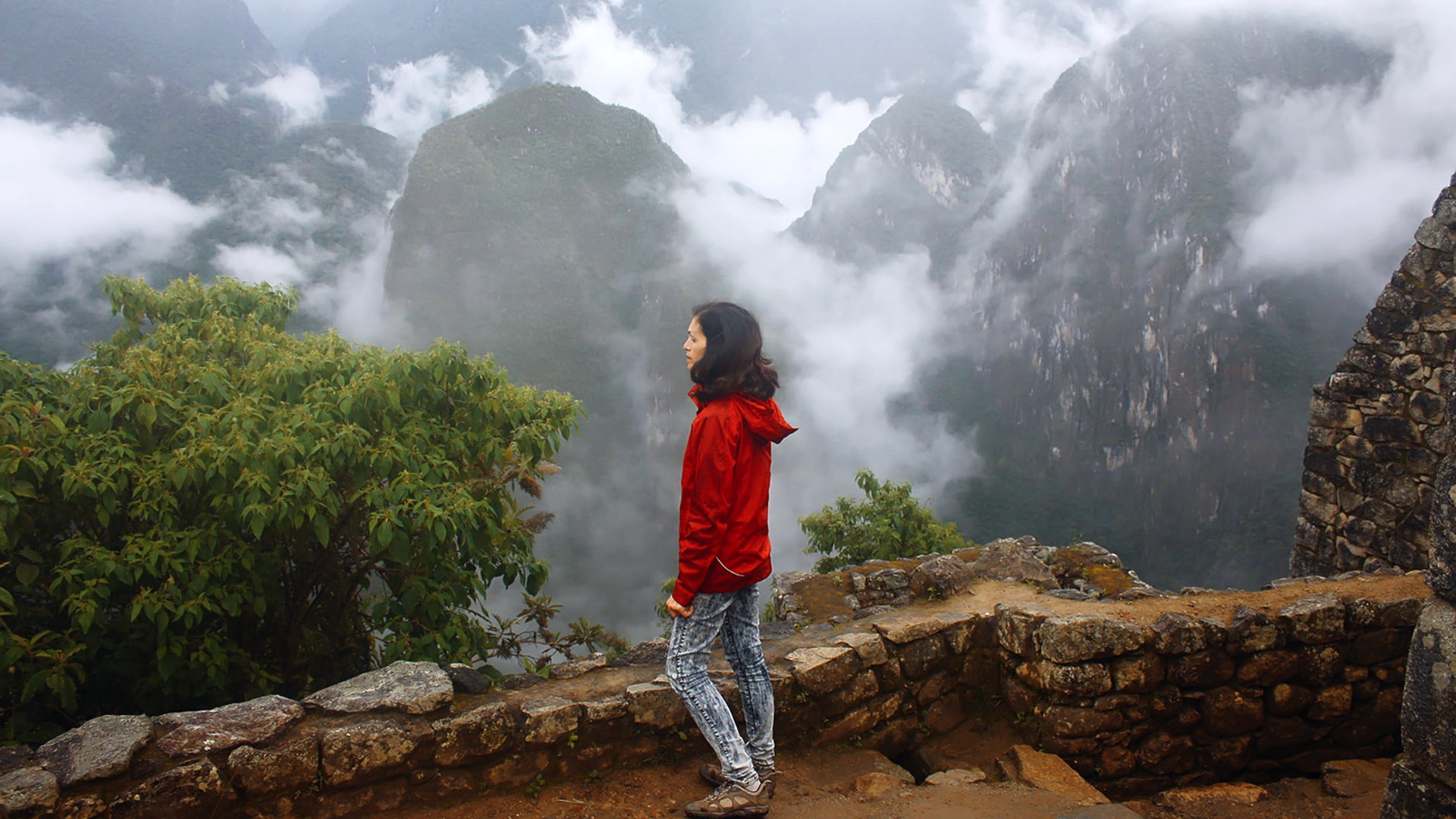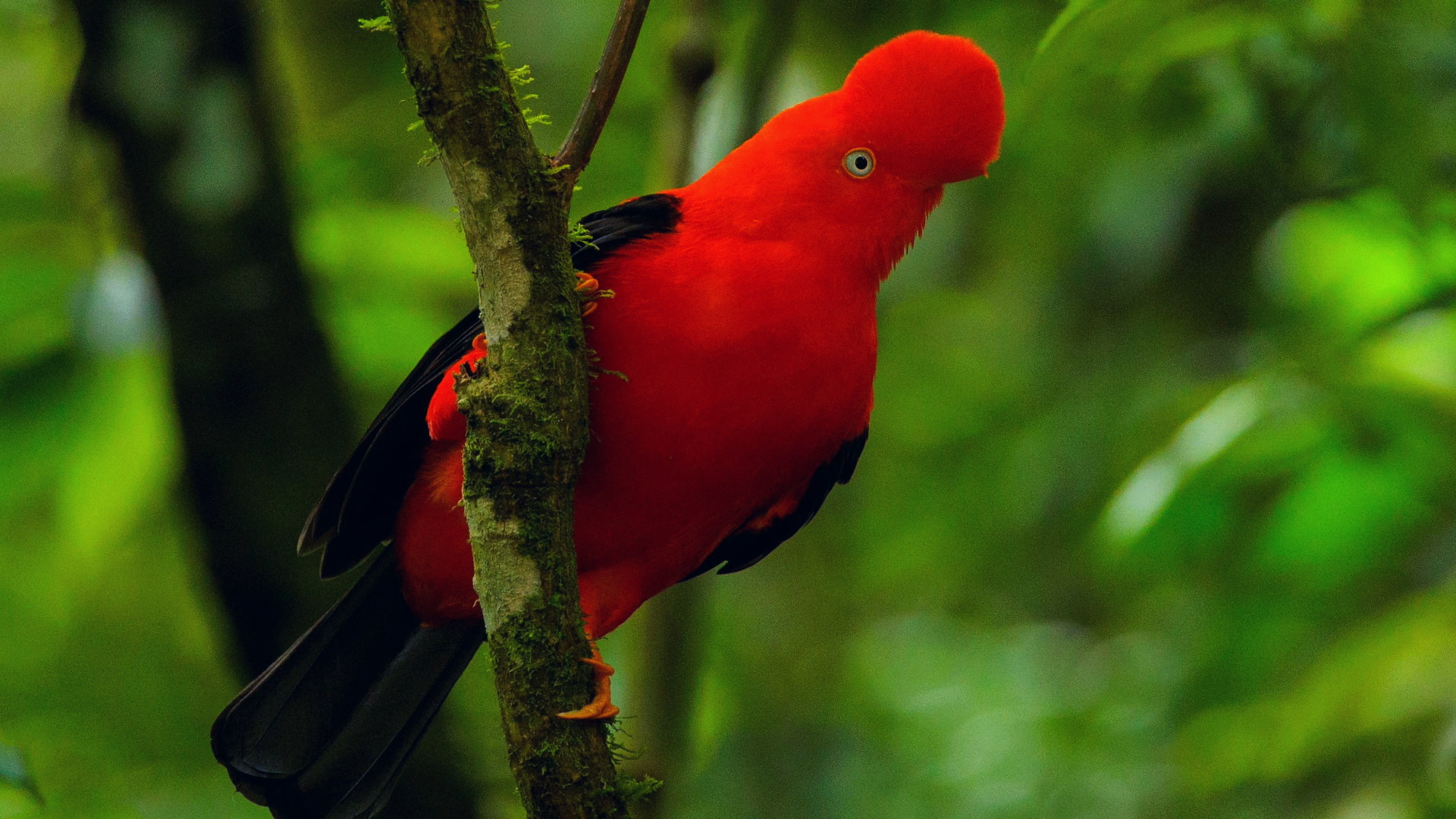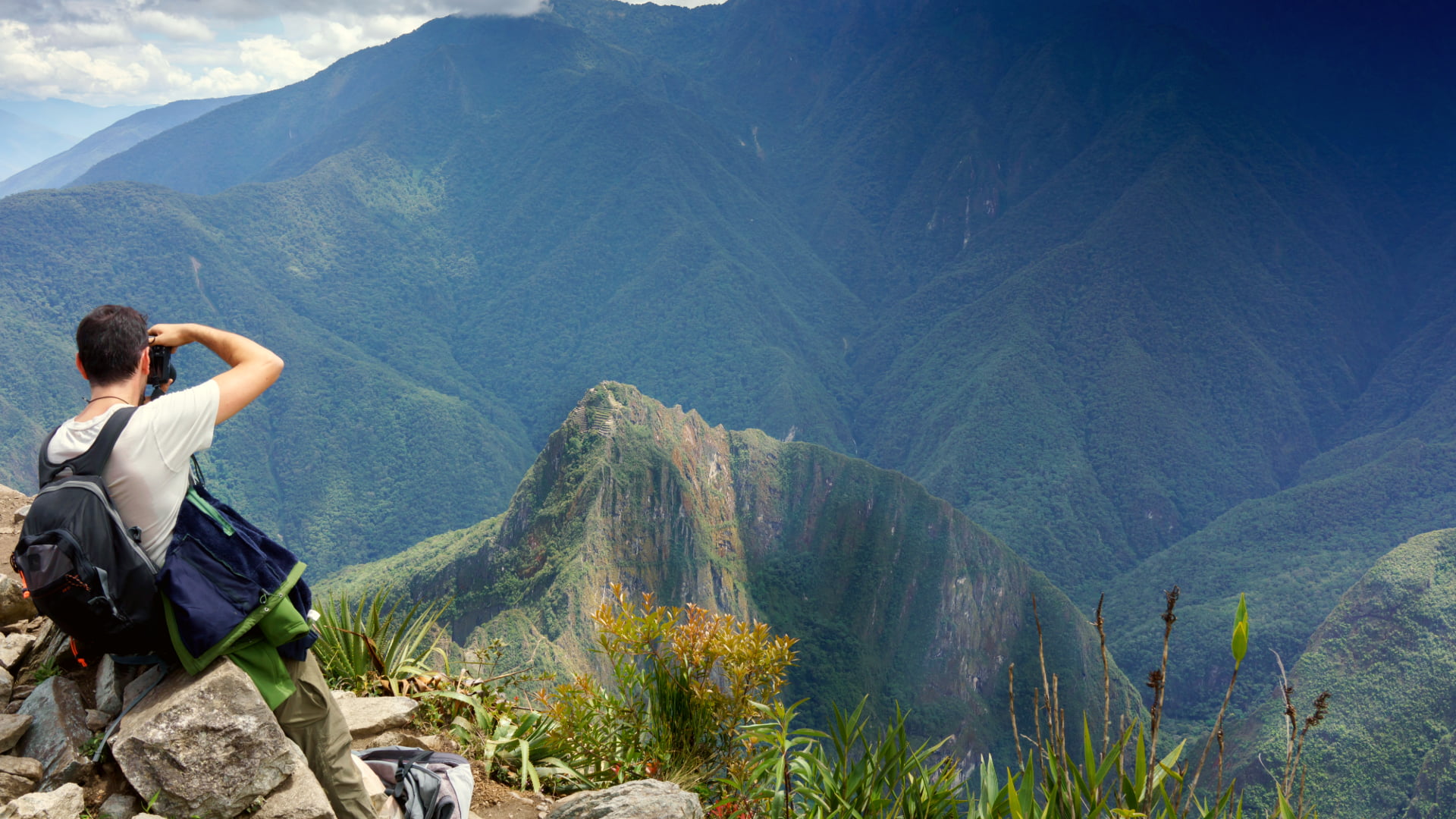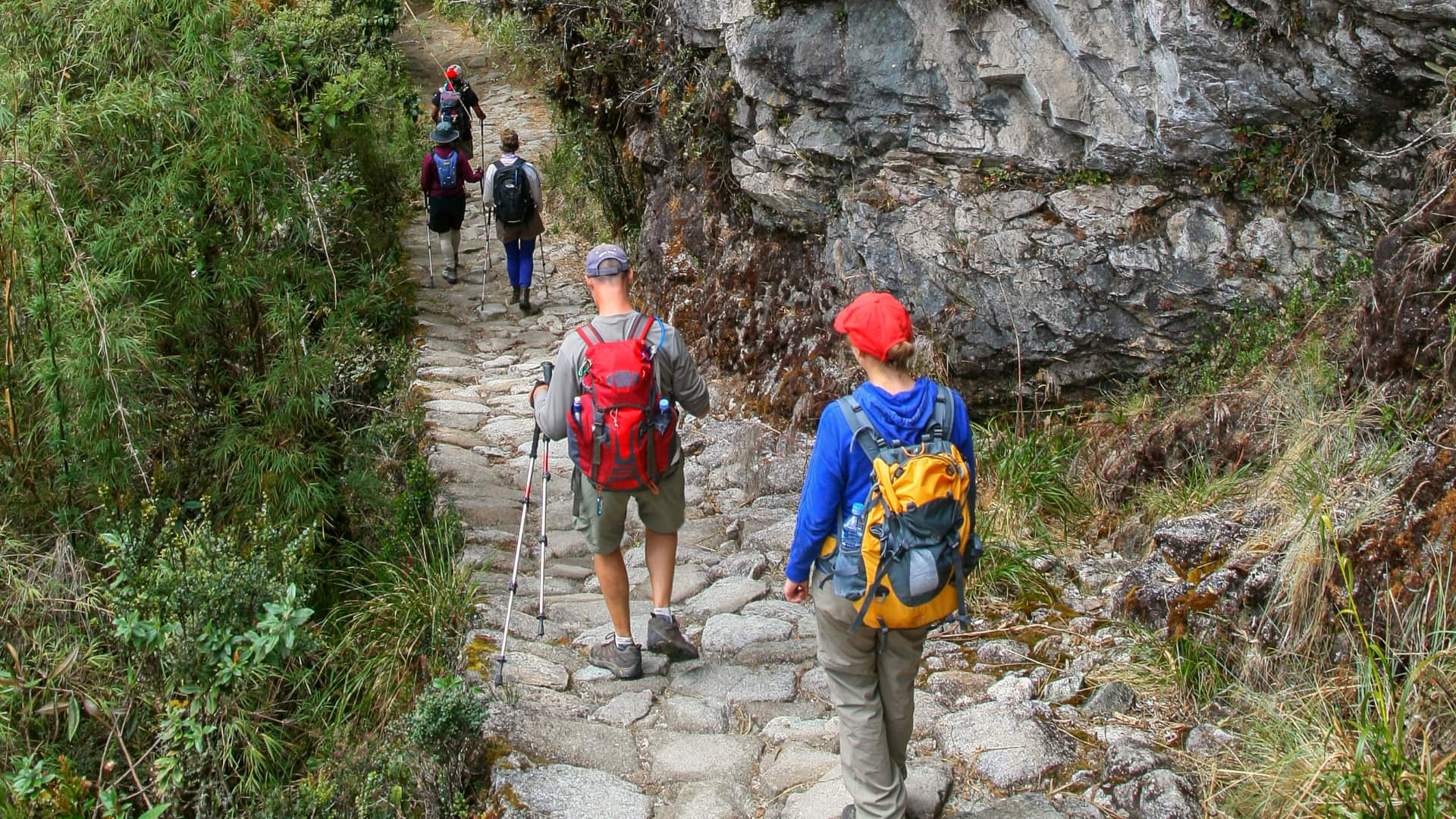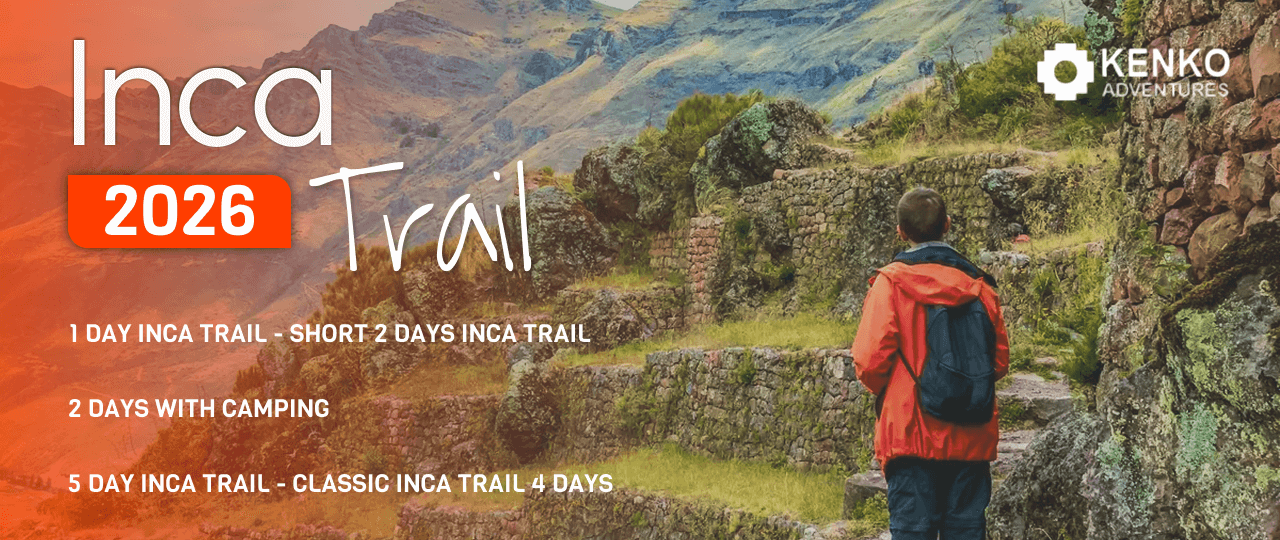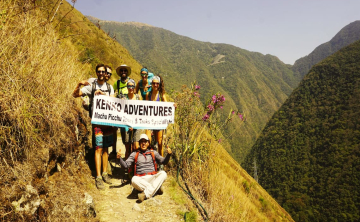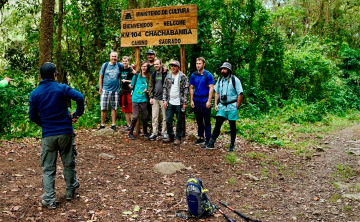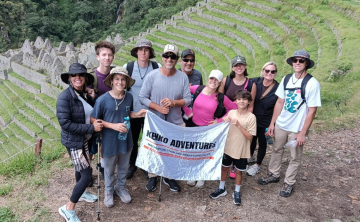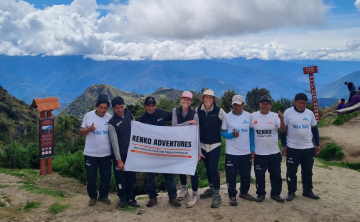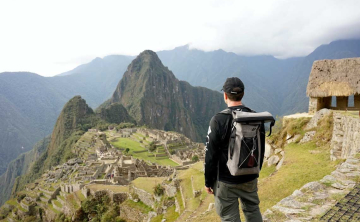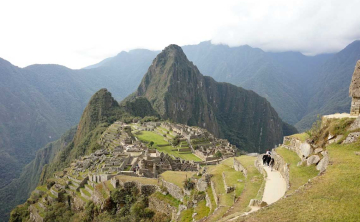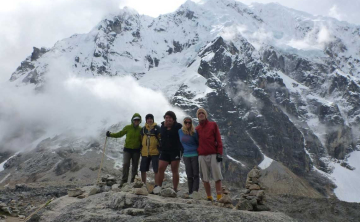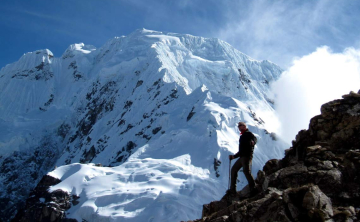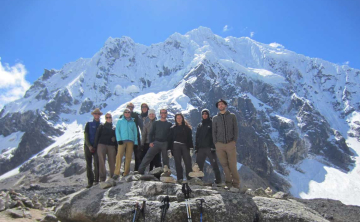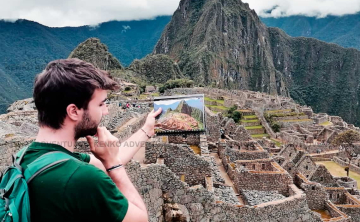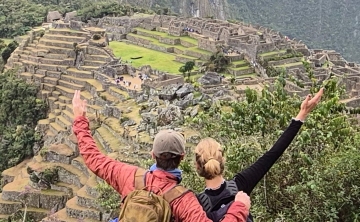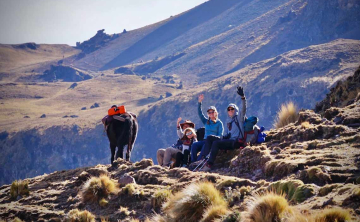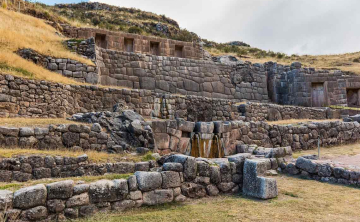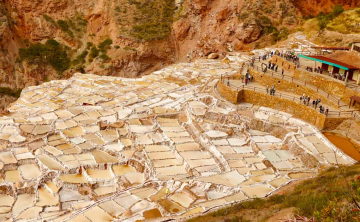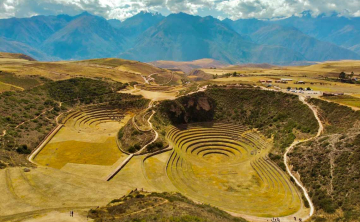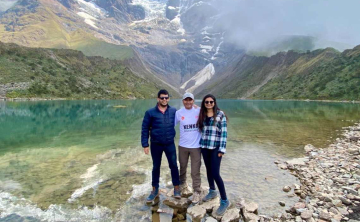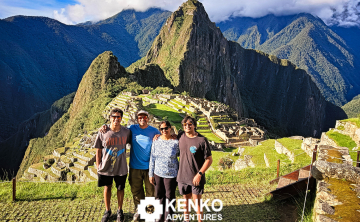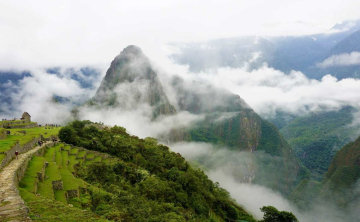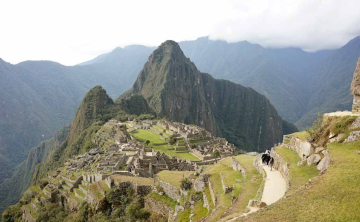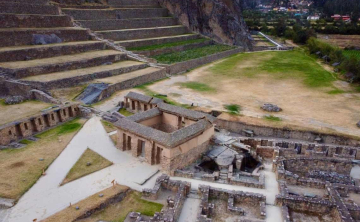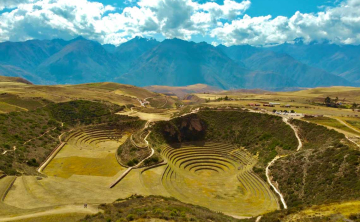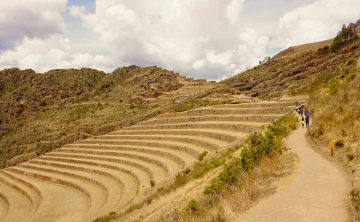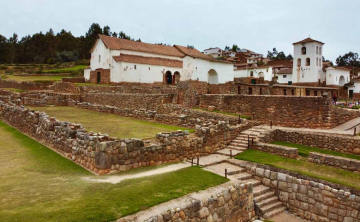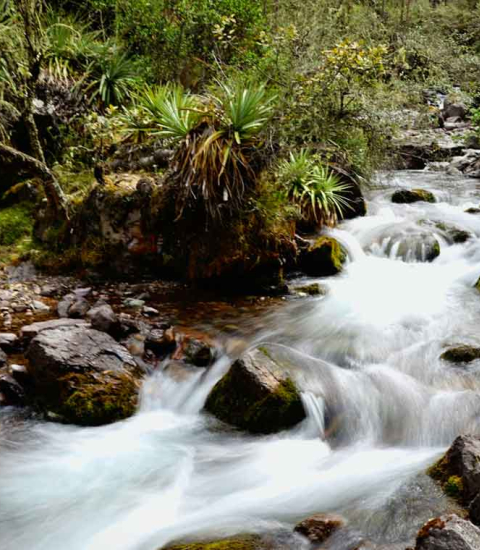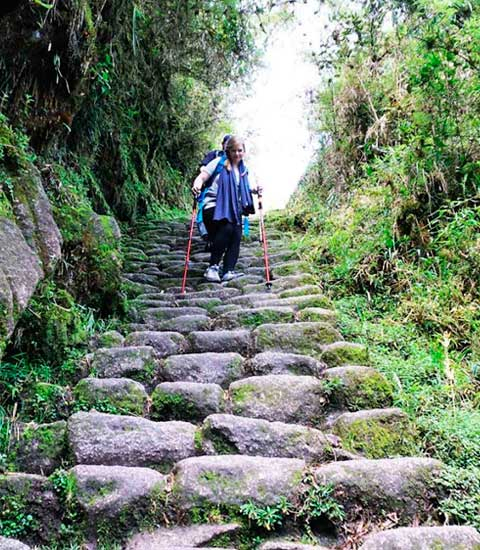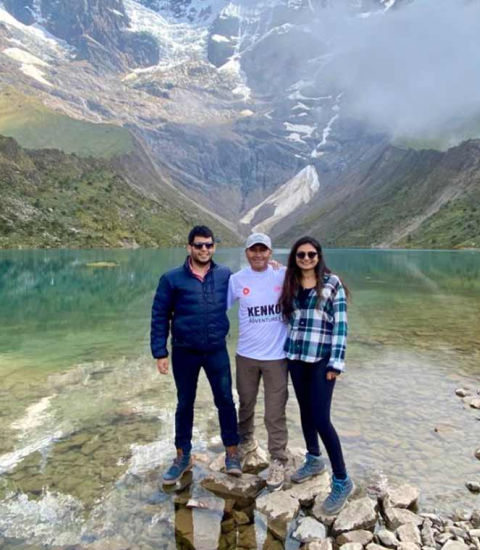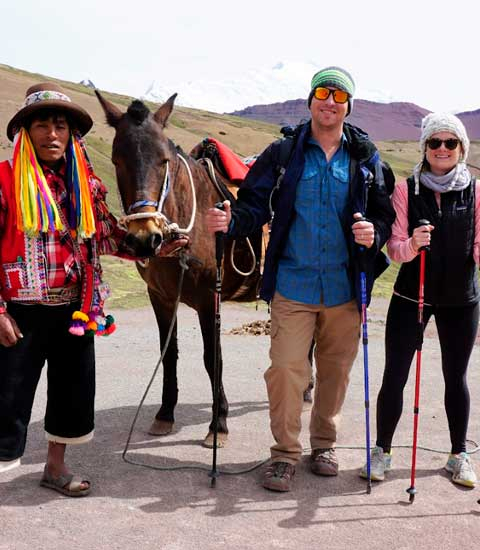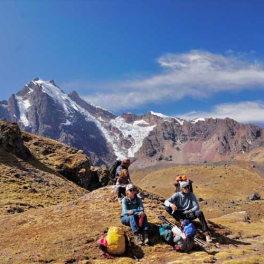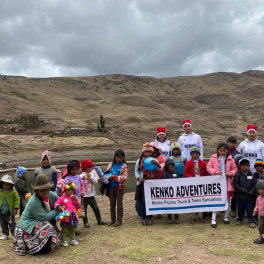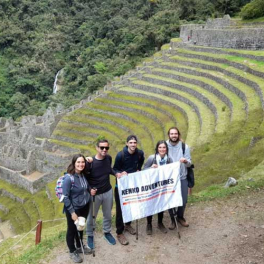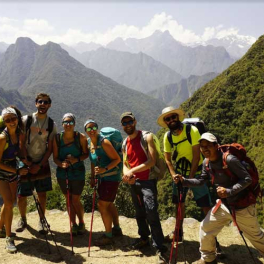We present our real culture life to our clients, hiring people from villages and communities of our region.
- Blog
- Machu Picchu Availability Online - Permits 2025 y 2026
Machu Picchu Availability Online - Permits 2025 y 2026
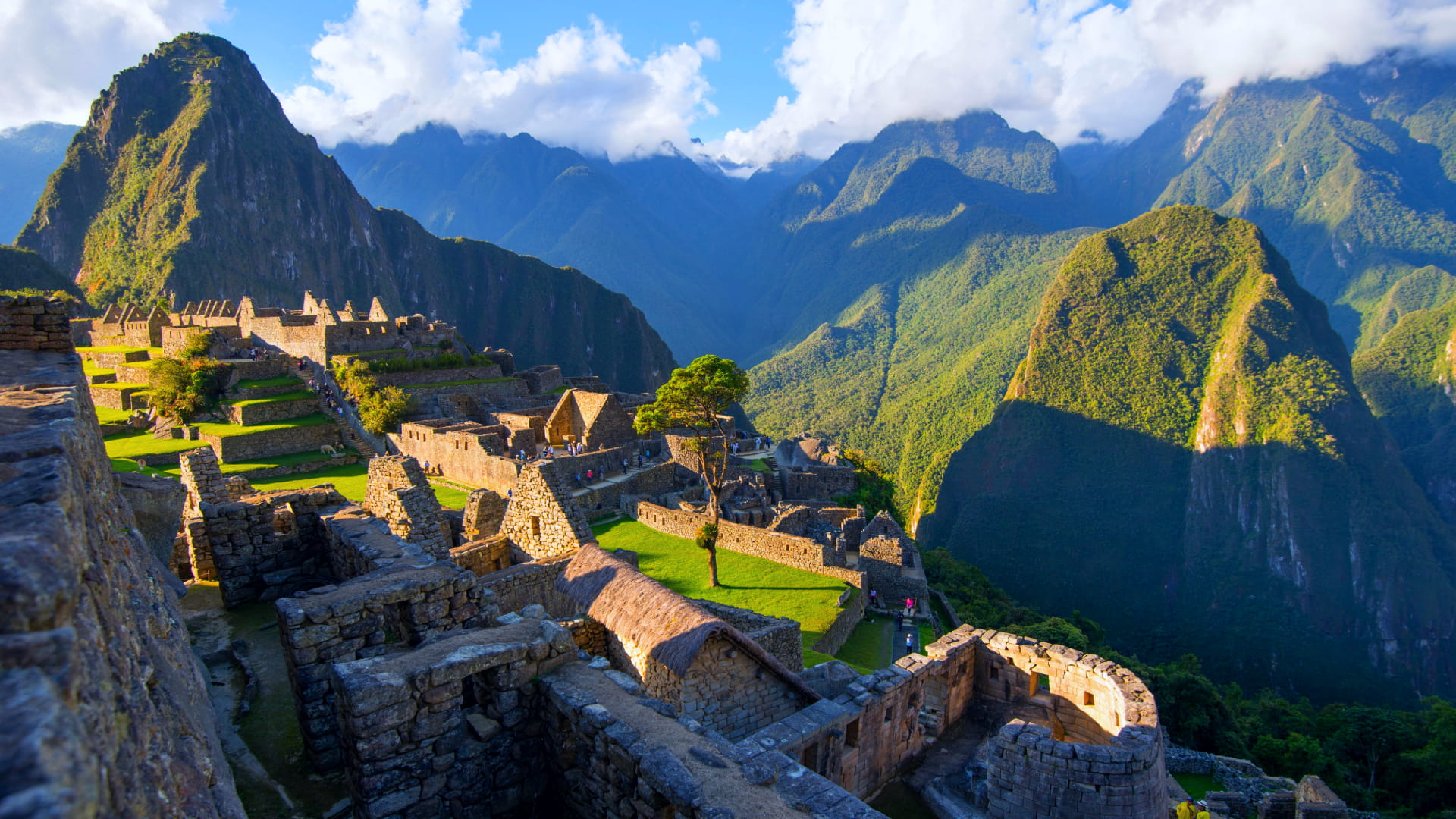
Machu Picchu is undoubtedly one of the most emblematic wonders of the world, the hidden treasure of America attracts millions of visitors every year. Located high in the Peruvian Andes, it is not only a testament to the engineering and architecture of an ancient civilization, it is also an enigmatic place that is full of energy and natural beauty.
If you are planning to visit Cusco, Machu Picchu is a point that you can not leave behind, so it is vital that you understand everything about the entrance, tickets, routes and rules.
In this article we will review step by step everything you need to know to organize your visit to the Historic Sanctuary to ensure a transcendental experience.
1. Ticket Sales for 2025
The Peruvian Ministry of Culture announced that, as of December 19, 2024, the sale of tickets to visit the Historic Sanctuary of Machu Picchu during the year 2025 will begin. Tickets can be purchased through the official platform tu boleto.cultura.pe. It is recommended that visitors, agencies and tour operators make their reservations in advance, especially for high demand dates, to ensure availability and avoid setbacks.
2. Capacity and gauging
For the year 2025, a limit of 5,600 visitors per day has been established during the peak season, with the objective of preserving the integrity of the site and guaranteeing an optimal experience for tourists. This capacity is distributed among the various circuits and routes available within the citadel.
3. Entrance Requirements
To enter Machu Picchu you must meet certain requirements. It is necessary that you make sure you meet them and follow them to the letter, in this way you can ensure a comfortable and unforgettable experience. The main and most important are the following:
3.1 Entrance Ticket: Your pass to Inca history
Advance purchase: As the number of visitors to Machu Picchu is limited each day, tickets must be purchased in advance. Tickets can be purchased online through the official website.
- Types of tickets: Depending on the route and method of access to other sites, such as Machu Picchu Mountain or Huayna Picchu, there are different types of tickets, later we will talk in detail about them so you can choose the option that best suits your needs.
- Entrance schedules: Machu Picchu schedules are divided into shifts and tickets are timed. It is important to respect them to avoid crowds.
3.2 Personal Documentation
Passport or DNI: A passport (for international visitors) or DNI (Peruvian citizens) is required to enter Machu Picchu, without your ID you will not be able to enter.
- Identity verification: The controller will check your ID and tickets at the entrance gate, so it is important to bring them with you.
3.3 Health and Safety Conditions
Weather and altitude recommendations: Although Machu Picchu is located at 2,430 meters above sea level, some visitors may experience altitude sickness, it is recommended to rest and bring water before the visit.
- Guide recommendation: Hiring an authorized guide will help create a more enriching experience and help you better understand the history and importance of this architectural wonder.
3.4 Transportation to Machu Picchu
Entrance from Aguas Calientes: Upon arrival in Aguas Calientes, access to Machu Picchu is by bus or on foot, the hike is approximately 1.5 hours.
- Trains: From Cusco or Ollantaytambo it is necessary to board a train to get to Aguas Calientes.
- It is very important and necessary to comply with these requirements, this way you can ensure a smooth and unforgettable visit to Machu Picchu, in the same way you will be contributing to the care of this important heritage.
4. Types of Tickets to Machu Picchu
The Historic Sanctuary of Machu Picchu offers different types of tickets to satisfy the needs and preferences of different types of travelers. These are the main ones:
5. Circuits
As of June 1, 2024, three new trekking routes were added, as opposed to the previous five. These changes allowed Machu Picchu to have an adequate control of the number of visitors and protect its World Heritage status.
Here are the 3 options of lines that you can purchase and their routes:
It is important to select the circuit that best suits your interests and physical condition. The choice of the circuit is made at the time of ticket purchase, and each one has specific schedules and capacities.
6. Machu Picchu entrance ticket prices
It should be noted that ticket prices vary according to the type of ticket and the nationality of the visitor. Approximate prices for the year 2025 are shown below:
7. Restrictions and Prohibitions
Age Restrictions: There is no minimum age, but some places may be difficult for people with reduced mobility. It is a good idea to ask if anyone needs special assistance.
Prohibited items: Food, alcoholic beverages, tripods, drones and cigarettes are prohibited. Cameras are allowed.
No metal-tipped poles: Only rubber-tipped poles are allowed.
Respect nature: picking plants or damaging local flora or fauna is not allowed.
Duration Limit: Entry is limited to specific times and a maximum length of stay.
No large backpacks: Only small backpacks (maximum 20 liters) are allowed.
8. Code of Conduct
Heritage care: As a world cultural heritage site, you must respect the site, not touch or lie down on the archaeological structures and follow the instructions.
Limited time: The time spent inside the site is limited to 4 hours in general.
9. How to buy Machu Picchu Tickets
9.1 Online Purchase
To ensure a guaranteed, efficient and comfortable purchase, the Peruvian Ministry of Culture has an official website: (www.machupicchu.gob.pe).
Steps:
Registration: Enter tuboleto.cultura.pe and create an account with your personal data.
Selection: Choose ÔÇťLlaqta MachupicchuÔÇŁ, the circuit of your preference, the date, time of admission and your origin.
Payment: Make the corresponding payment using the means available on the platform.
Confirmation: Once payment is confirmed, you will receive the electronic ticket, which you must present (printed or digital) on the day of your visit along with your identity document.
9.2 Presential Purchase
If you prefer to make a physical purchase, you can buy the tickets in the city of Cusco, at the offices of the Ministry of Culture. However, it is less advisable due to high demand and long waiting lines.
9.3 Through Travel Agencies
Another safe option are verified travel agencies that offer packages that include transportation, guide and entrance to Machu Picchu. This is a good option if you prefer to delegate the organization and dedicate yourself to enjoying this adventure.
10. How to get to Machu Picchu
Visiting the Historic Sanctuary of Machu Picchu is undoubtedly an unforgettable experience and to get there there are several options, here we present them so you can determine which one suits you best:
10.1 By Train
This is the most popular and comfortable way. You can board the train from the stations in Cusco or Ollantaytambo, it follows its path to the Aguas Calientes station.
Main companies: Peru Rail and Inca Rail.
Duration: Between 1.5 and 4 hours, depending on the starting point.
10.2 Inca Trail
This option is ideal for trekking lovers, this route is more exciting and demanding. There are different routes that can last between 2, 4 and 5 days, each one is distinguished by making certain stops to visit other attractions and all culminate in the majestic Machu Picchu.
10.3 Alternative Route by Hydroelectric Power Plant
This option crosses the Amazonian landscapes of Cusco to finally reach the town of Aguas Calientes on foot, the final walk takes approximately 2 hours. From Cusco to the Hydroelectric station you must board a tourist transport by road for approximately 5 hours. To get to Machu Picchu you can continue with a hike or board a bus that will take you to the gate.
11. Best time to visit Machu Picchu
11.1 Dry Season (May to October)
This time of the year is the best time to visit, since rainfall is scarce, the weather is much warmer and more stable, a factor that also provides security when walking the trails.
Advantages: Clear skies, ideal for photography.
- Disadvantages: More tourists.
11.2 Rainy Season (November to April)
Although it is the least recommended season, during this period you will see the other side of Machu Picchu and this way you will be able to live a more authentic, magical and peaceful experience. Although the rains are frequent, there are also fewer tourists and the landscapes are greener.
- Advantages: Less crowds and lower prices.
- Disadvantages: Slippery roads and less visibility.
12. Practical advice for your visit
Acclimatization: To avoid suffering from altitude sickness, it is recommended to rest in the city of Cusco or in the Sacred Valley for at least 2 days before visiting the citadel.
Adequate Clothing: The weather in Machu Picchu is very variable, it is best to wear light and comfortable clothing, but include a waterproof jacket. Opt to dress in layers.
Sun Protection: Wear sunscreen, hat and sunglasses.
Cash: Be sure to bring Peruvian soles, as some places do not accept cards, especially if you want to buy local handicrafts.
Hydrate yourself: Bring a bottle of water, preferably reusable, to avoid contamination.
Be informed about the weather conditions and follow the indications of the staff in case of bad weather, remember to bring a water poncho as umbrellas are prohibited.
Avoid excess baggage: Carry only what is necessary for the tour, especially if you plan to choose a route on the Inca Trail.
Follow the marked trails: Do not stray from the permitted routes.
Keep your belongings safe: Although it is a tourist site, it is always a good idea to be cautious.
Visit early or late: The early hours of the day or afternoon are usually less crowded.
Explore alternative routes: The Inca Bridge, the Sun Gate (Intipunku) or the ascent to Huayna Picchu offer spectacular views.
Follow the rules of the place: do not climb structures or litter.
Hire certified guides to learn about the history and culture of the site.
Avoid carrying objects that may cause damage to the heritage (large tripods, drones, etc.).
13. Demographic and cultural information about the surrounding area
13.1 Town of Aguas Calientes
The first stop on this adventure will be the small town of Aguas Calientes, which serves as a base for visitors and has approximately 5,000 inhabitants. The local population is mostly dedicated to tourism, either as guides, hoteliers or merchants/artisans. It is a vibrant and enigmatic place, full of vitality where you can experience the local hospitality.
13.2 Nearby communities and their traditions
These are not very well known, however the Andean communities near Machu Picchu, such as Qollapampa and Mandor, still preserve many of their ancestral traditions. In these places the people are farmers, have an almost mystical connection with the plants of the area and are often willing to share their knowledge of natural medicine and spiritual customs.
13.3 Local flora and fauna
In Machu Picchu are quite popular the llamas that are freely grazing for the visitors' pictures but, besides these curious auquenids, the Sanctuary is also home of native species such as the spectacled bear (in danger of extinction) and a wide diversity of orchids, some of which are only found in this region as the famous Masdevallia. It also has a great variety of butterflies that you can observe in the nearby butterfly gardens and if you decide to walk to the citadel you can observe different species of birds including the emblematic Cock of the Rock.
14. Additional Experiences in Machu Picchu
Sunrise at Machu Picchu Arriving in the early hours to see the sunrise is a magical experience. The sunlight illuminating the citadel creates an unforgettable experience.
- Photography at the viewpoints; The different viewpoints offer majestic views to capture the essence of Machu Picchu. Don't forget to bring your camera or phone with enough memory and spare batteries.
- Guided Exploration, a professional guide will help you understand the history and mysteries of this place. Many operators include this service in their packages.
15. Practical details that no one tells you
15.1 Best time to avoid crowds
While arriving in the early hours of the day is recommended, a likely disadvantage is the crowding of anxious visitors. An alternative strategy is to opt for midday shifts, when the morning groups have already left and the sunlight illuminates the mountains better.
15.2 Machu Picchu's microclimate
Machu Picchu has a unique microclimate. It is quite common to observe a mixture of strong, bright sunshine and sudden drizzle on the same day. Bringing a raincoat or poncho for water and sunscreen is a must.
15.3 What to bring that the guidebooks won't tell you about
Spare socks: Especially if you decide to hike, the trails can be wet, and a dry pair will save you from the humidity.
Compact binoculars: These are perfect for observing architectural details or birds, as the area is a paradise for ornithologists and amateur birders.
Small snacks (authorized outside the citadel): The hikes can be demanding, so something light like nuts or an energy bar will be a good idea.
16. Frequently Asked Questions
16.1 Do I need a guide to enter Machu Picchu?
Yes, the current rules require you to enter accompanied by a certified guide.
16.2 Is it possible to buy tickets on the same day?
It is possible, but not recommended due to high demand.
16.3 How long can I stay in Machu Picchu?
The average time is 4 hours, but it depends on the type of ticket you buy.
Why Kenko Adventures?
We offer unique services like: hot shower and private toilets on treks. We have a real responsibility taking care of our planet.
Experts on: Inca Trail hikes and Machu Picchu Hiking Tours. We operate small groups.
Superior Quality services and full flexibility for any changes in this pandemic
Free warm jacket for my litle friend!
Kenko Adventure Peru founder decided to add a social proyect in all Our tours that means, if you are booking a tour with Us, you automatically are donating a warm jacket for Our litle kids that have very hard living in very cold conditions near by the Andes Mountain
